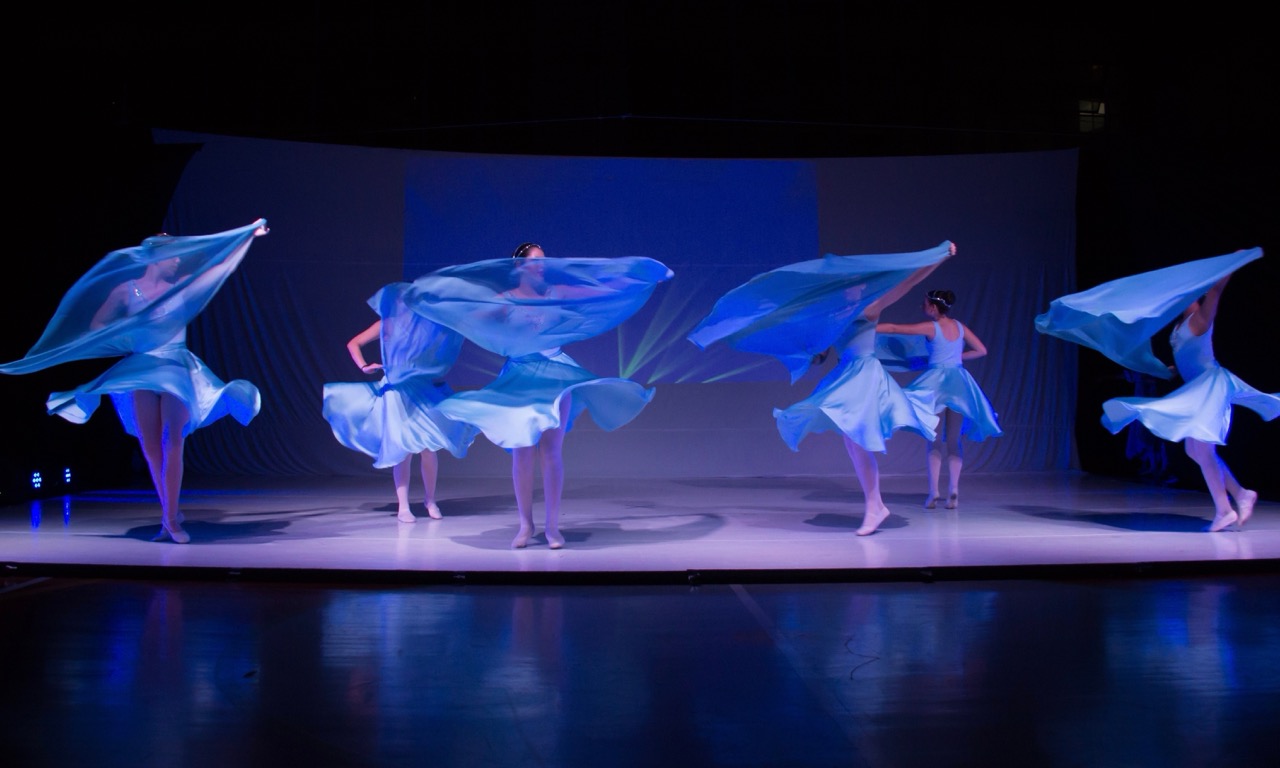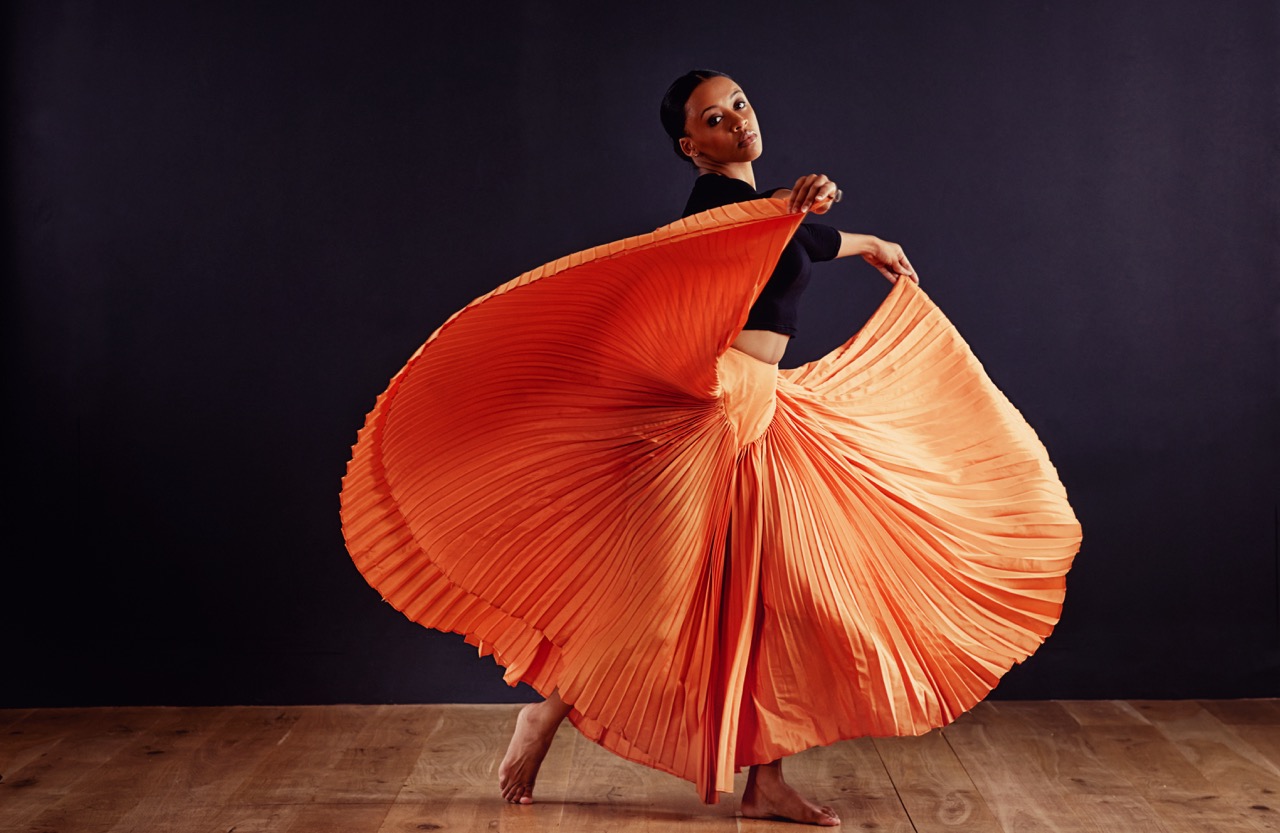Dance has always been a vital form of expression, evolving with society and culture over the ages. Among its myriad styles, wing dance techniques have captured the imagination of performers and audiences alike. These dynamic movements, often characterized by expansive arm gestures that mimic the grace of wings, have become increasingly popular in contemporary performances. This article delves into the evolution of dance wing styles, the artistry behind them, their influences in modern performances, and the future they hold as we bridge tradition with innovation.
Exploring the Evolution of Contemporary Dance Wings Today
The roots of wing-style dance can be traced back to various cultural expressions, notably in ballet, tribal dances, and folk traditions. Historically, wings have symbolized freedom, transcendence, and the connection between the earth and the sky. In contemporary dance, this symbolism has been reinterpreted, allowing dancers to explore their own narratives while drawing from the rich heritage of wing movements. As dance continues to evolve, so too does the interpretation of these gestures, merging them with elements of modern choreography, which often emphasizes individual expression and innovation.
Today, contemporary dance wings are not only about aesthetic appeal but also about storytelling. Choreographers have experimented with the use of props, fabric, and lighting to enhance these movements, allowing dancers to create visual spectacles that captivate audiences. The integration of technology has also transformed the way wing movements are perceived, with projections and multimedia performances that emphasize the fluidity and dynamism of the choreography. This evolution reflects the broader trends in contemporary dance, where the blending of styles and disciplines has become a hallmark of the art form.
Moreover, the influence of dance styles from around the globe has given rise to new interpretations of wing movements. Influences from street dance, jazz, and even hip-hop have infused traditional wing styles with a fresh energy, making them relevant in the context of modern performances. As cultural exchange becomes increasingly prevalent, dancers are encouraged to explore and incorporate various techniques, leading to a vibrant landscape of contemporary wing dance that continues to evolve and inspire.
The Artistry Behind Popular Dance Wing Techniques Unveiled
At the heart of dance wing techniques lies a deep understanding of body movement and spatial awareness. Dancers employ a range of technical skills to execute wing-like gestures with precision and grace. The use of the arms, shoulders, and core creates the illusion of flight, while the connection to the floor grounds the movement. This juxtaposition is essential; it allows dancers to embody the duality of soaring through the air while remaining firmly anchored to their roots, creating a powerful visual dynamic that resonates with audiences.
Artistry in wing dance also emerges through emotional expression. Dancers are trained to harness their inner feelings and translate them into movement, allowing them to connect with their audience on a profound level. Each gesture, each lift of the arm, is imbued with meaning, whether it conveys liberation, longing, or transformation. As performers articulate these emotions through their wing movements, they invite the audience to experience their journey, making the performance an immersive experience rather than a mere display of technical prowess.
Furthermore, the choreography of wing dance often emphasizes improvisation, encouraging dancers to respond instinctively to the music and their surroundings. This element of spontaneity lends itself to the creation of unique performances that can never be duplicated. As dancers explore their personal interpretations of wing movements, they contribute to the ever-expanding lexicon of contemporary dance, forging new paths and redefining the boundaries of artistic expression in the process.
Iconic Wing Styles: Influences in Modern Dance Performances
Some of the most iconic wing styles have emerged from various dance traditions, each leaving an indelible mark on the contemporary landscape. For instance, the fluidity of modern ballet has inspired many choreographers to incorporate wing movements into their work, emphasizing the elegance and grace of the human form. This influence is evident in performances that showcase long, sweeping arm gestures reminiscent of swan wings, blending classical techniques with modern interpretations in a harmonious dance.
Additionally, the theatricality of musical theatre has introduced a different dimension to wing-style movements. Choreographers often utilize exaggerated wing motions during dramatic moments, elevating the storytelling aspect of their performances. By integrating elements such as costumes with flowing fabrics that accentuate the arm movements, dancers create a visual narrative that captivates the audience and enhances the emotional impact of the performance. This blend of narrative and movement exemplifies the power of dance as an art form that can convey complex stories without a single word.
Moreover, the influence of cultural dance forms, such as African or Middle Eastern dance, cannot be overlooked. These styles often emphasize connection to community and spirituality, allowing dancers to integrate traditional wing movements into modern performances while honoring their origins. The result is a rich tapestry of influences that reflects the diversity of dance as a global language. As contemporary dance continues to evolve, these iconic styles serve as touchstones, reminding us of the interconnectedness of artistic expression across cultures.
Bridging Tradition and Modernity: The Future of Dance Wings
As we look to the future, the relationship between traditional wing styles and modern dance is poised for further exploration. The challenge and excitement lie in how contemporary choreographers will reinterpret these classic movements to express current themes and issues. Topics such as identity, climate change, and social justice are increasingly becoming focal points in performance art, and wing movements can be powerful tools in conveying such messages. By merging traditional techniques with contemporary narratives, dancers can create compelling performances that resonate with today’s audiences.
Collaboration between various art forms also plays a significant role in shaping the future of dance wings. The intersection of dance, visual arts, and technology offers endless possibilities for innovation. Artists are experimenting with augmented reality, interactive installations, and immersive experiences that elevate the role of movement in storytelling. These collaborations can enhance the emotional and visual impact of dance wings, allowing performers to explore new dimensions of their art while reaching broader audiences.
Ultimately, the future of wing dance styles is bright and full of potential. As dancers and choreographers continue to draw inspiration from their cultural heritage while embracing contemporary influences, the possibilities for creativity are limitless. The ongoing evolution of dance wings reflects a larger narrative about the power of art to adapt, transform, and connect us across time and space, ensuring that this beautiful expression of movement will remain vibrant for generations to come.
The journey of dance wing styles is a testament to the enduring power of movement as a form of expression. Through the exploration of tradition and innovation, dancers continue to push boundaries, inviting audiences into a world where art transcends the ordinary. As we embrace the future of dance, it is clear that the legacy of wing movements will persist, inspiring new generations of artists to take flight and share their unique stories through the universal language of dance.










